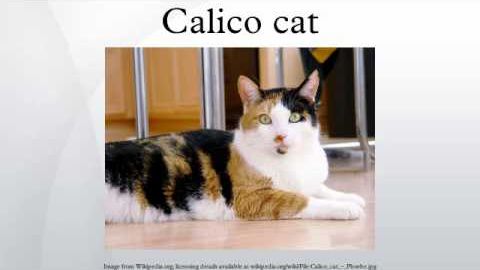キャリコ猫 (Calico cat)
VoiceTube が 2021 年 01 月 14 日 に投稿  この条件に一致する単語はありません
この条件に一致する単語はありません- n. (c./u.)模範 : 見本;模様 : 柄;様式;規則性;型紙
- v.t.模倣する;模様をつける
- v.t.縁取る;跡を追う;写す;追跡する;遡る
- n. (u.)少量;痕跡
US /dʒəˈnɛtɪk/
・
UK /dʒəˈnetɪk/
US /hwaɪt, waɪt/
・
UK /waɪt/
- prop. n.ホワイト
- adj.白色人種の : 白人の;白の : 白色の
エネルギーを使用
すべての単語を解除
発音・解説・フィルター機能を解除

